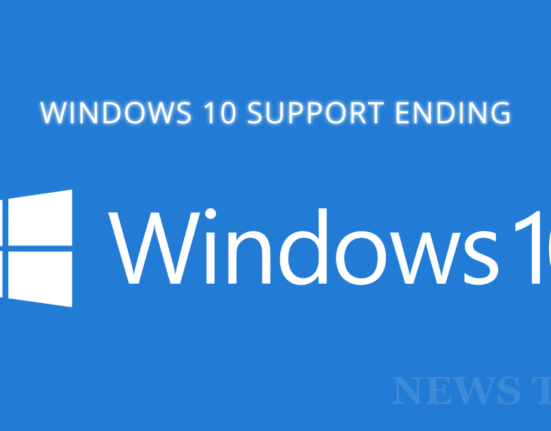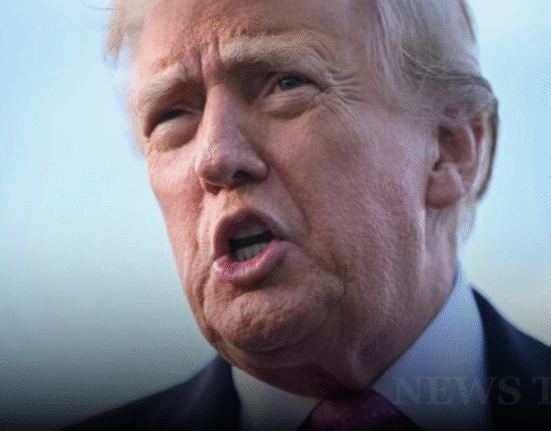
A Game of Chips and Strategy
In a world where artificial intelligence is the new oil, chipmakers are the prospectors. So when word got out that Nvidia seeks Shanghai as the next potential home for a research and development (R&D) hub, industry watchers perked up. This isn’t just a business decision—it’s a strategic move in a high-stakes chess match between economic superpowers.
Nvidia’s interest in setting up an R&D center in Shanghai, despite increasing U.S. export restrictions, underscores the company’s long-term commitment to one of its most important markets: China. As regulatory hurdles continue to rise, Nvidia’s decision highlights both the risks and opportunities of operating in the current geopolitical climate.
The Shanghai Gambit: Why Now?
Strategic Timing
Three unnamed sources recently told Reuters that Nvidia began scouting Shanghai locations, particularly in the Minhang and Xuhui districts, as early as the beginning of 2025. The search gained serious momentum following a surprise visit by Nvidia CEO Jensen Huang to China last month.
Why Shanghai? The city offers:
- Proximity to key talent pools
- A dense ecosystem of AI startups
- Supportive local governance
- Well-established tech infrastructure
Shanghai isn’t just a financial capital; it’s also a growing hub for AI innovation, making it a natural choice for an R&D expansion.
Behind the Curtain: Huang’s Visit
During his trip, Huang met with Chinese officials, including Vice Premier He Lifeng and Shanghai Mayor Gong Zheng. The visit came right after the U.S. government tightened its export controls on AI chips, specifically targeting Nvidia’s H20 model—the only AI chip it could legally sell in China.
Huang later told CNBC:
“Excluding Nvidia from China’s AI market would be a tremendous loss. We’re talking about a market that could grow to $50 billion within two to three years.”
That statement alone speaks volumes about why Shanghai is on the radar.
U.S. Chip Restrictions: A Double-Edged Sword
Since 2022, the U.S. has imposed a slew of restrictions on Nvidia’s high-end chip exports to China. While these curbs are intended to prevent the chips from being used for military purposes, they’ve also hit Nvidia’s bottom line.
Impact at a Glance
| Year | China Revenue | % of Total Sales |
|---|---|---|
| 2023 | $17 Billion | 13% |
| 2024* | Halved (estimated) | — |
2024 numbers reflect estimates before new H20 restrictions
With the new rules in place, Nvidia has already seen its China sales drop to about half of what they were before, according to executives during the February earnings call.
Local Rivals Swoop In
With Nvidia’s hands tied, domestic competitors like Huawei have gained significant ground in the AI chip space. It’s a classic case of “when one door closes, another one opens” — just not for Nvidia.
Incentives on the Table
According to sources, Shanghai’s local government is pulling out all the stops to woo Nvidia:
- Tax Reductions: Tailored incentives to reduce operational costs
- Land Allocation: A substantial land offer for the R&D campus
- Talent Development Programs: Possible collaborations with local universities
This isn’t just generosity; it’s a calculated play. Hosting Nvidia’s R&D could elevate Shanghai’s standing in global tech circles, while also transferring valuable know-how into China’s innovation pipeline.
The Downgraded H20: Nvidia’s Tactical Maneuver
To stay compliant while keeping a foot in the Chinese market, Nvidia plans to release a downgraded version of the H20 chip. This model will presumably skirt the threshold set by U.S. export controls.
While it won’t match the raw power of its predecessor, it will:
- Meet legal requirements
- Satisfy Chinese consumer demand
- Help Nvidia hold onto its market presence
Is this a compromise? Absolutely. But it’s also a clever workaround that keeps Nvidia in the game.
Global Implications: A New Tech Cold War?
Nvidia’s situation isn’t just a company issue; it’s emblematic of the broader tech decoupling between the U.S. and China. As export curbs tighten, firms must balance compliance with competitiveness.
Broader Industry Trends
- Apple and Tesla are diversifying supply chains.
- ASML is grappling with its own export limitations.
- Intel is making similar calculated moves in Asia.
In short, everyone is being forced to rethink their China strategy, and Nvidia’s Shanghai R&D center could become a model for others to follow.
A Personal Take: Business vs. Politics
This saga brings up a simple yet profound dilemma: Should business be dictated by politics? On one hand, it’s prudent for governments to protect national interests. On the other, it’s the businesses that often get caught in the crossfire.
Jensen Huang’s diplomacy and Nvidia’s tenacity show that success in the 21st century tech world isn’t just about innovation—it’s also about navigation.
Optimizing for the Future: SEO and Digital Presence
For Nvidia, winning in China isn’t just about hardware. Digital visibility and local brand trust also matter. Optimized image alt text, culturally attuned messaging, and content localization are more relevant than ever.
Conclusion: All Eyes on Shanghai
As Nvidia seeks Shanghai for its next big R&D move, it’s clear this isn’t just about real estate. It’s a bold, calculated response to external pressure and internal ambition.
Whether the R&D center comes to fruition or not, this move signals a powerful message: Nvidia isn’t backing down. It’s adapting.
What do you think about Nvidia’s China strategy? Share your thoughts in the comments below!






